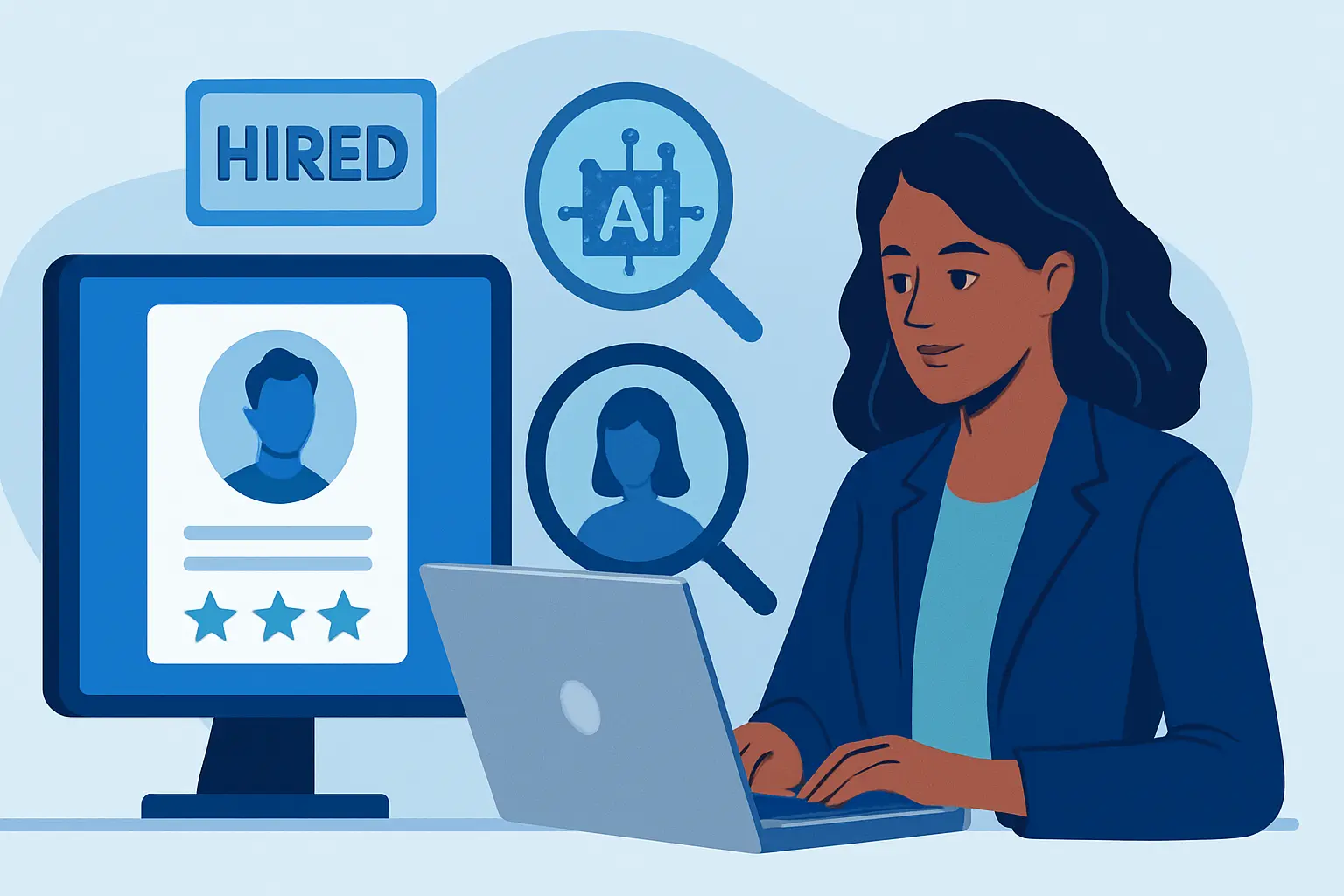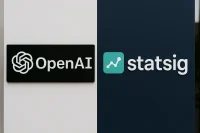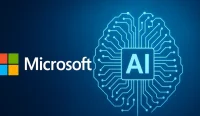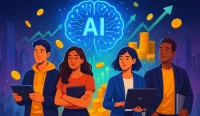What Is AI in Recruitment and Why 2025 Is a Pivotal Year?
Artificial Intelligence (AI) in recruitment refers to the use of machine learning, natural language processing, and automation to streamline the hiring process—from job posting to onboarding. It’s not just a buzzword anymore—it’s an industry standard.
AI in Recruitment 2025, AI is no longer a supporting tool but a strategic partner in recruitment. According to Deloitte, over 62% of large organizations now use AI-powered platforms to manage parts of their hiring funnel. The evolution isn’t subtle—it’s seismic.
In this guide, we’ll explore how AI has transformed the recruitment landscape, the top tools being used, ethical concerns, and what’s coming next.
1. The Evolution of AI in Recruitment (2015–2025)
A decade ago, recruiters were just beginning to embrace applicant tracking systems (ATS). Today, we’re looking at fully automated talent pipelines and predictive analytics.
From Automation to Augmentation
Between 2015 and 2020, AI tools handled repetitive tasks—CV sorting, job ad optimization, and scheduling. By 2025, they enhance human decision-making, using algorithms to predict cultural fit, future performance, and attrition risk.
Key Stat:
📊 70% of enterprise-level recruiters report improved quality-of-hire since adopting AI-based tools (SHRM, 2024)
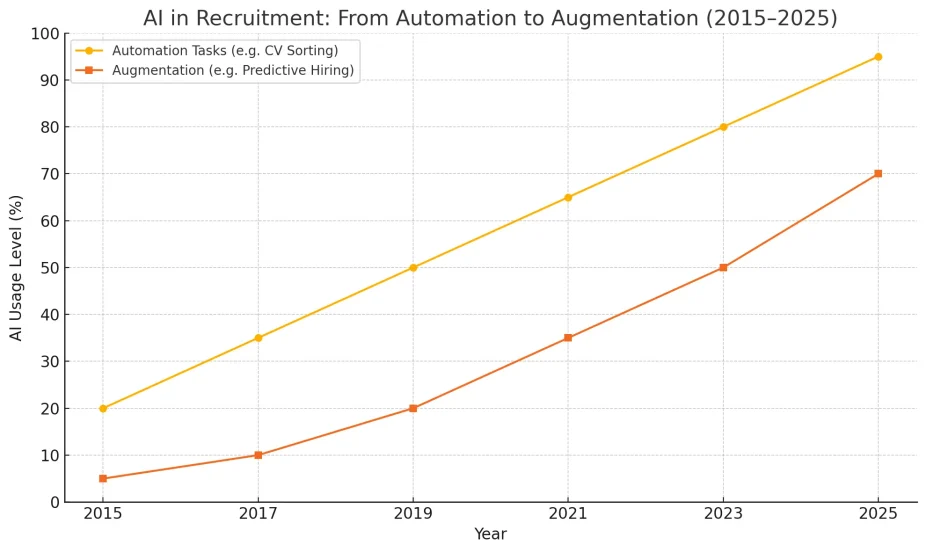
2. Key Benefits of AI in Recruitment in 2025
1. Speed and Efficiency
AI reduces time-to-hire by up to 40%, especially during high-volume hiring seasons.
2. Cost Reduction and Scalability
With intelligent automation, HR teams do more with fewer resources—ideal for scaling startups and large enterprises alike.
3. Enhanced DEI (Diversity, Equity & Inclusion)
AI-driven blind screening eliminates human bias by masking names, genders, and even schools.
4. Better Candidate Experience
24/7 chatbots and personalized communication flows improve engagement and reduce candidate drop-off rates.
3. Top AI Tools Used by Recruiters in 2025
| Tool Type | Example |
|---|---|
| Smart Resume Screening | HireVue, Pymetrics |
| AI Chatbots | Mya, Olivia |
| Video Interview Analysis | Modern Hire, Harver |
| Skill Matching Engines | Eightfold, SeekOut |
These tools use sentiment analysis, contextual filtering, and behavior prediction to power better decisions at scale.
4. How AI Is Being Used Across the Recruitment Funnel
The modern recruitment pipeline is now AI-augmented from end to end:
- Pre-screening – Resume parsing, job fit scoring
- Interviewing – Video assessments analyzed in real time
- Onboarding – Automated documentation and feedback loops
Case Study: MeritTrac
MeritTrac uses adaptive assessments integrated with AI to evaluate both cognitive and behavioral traits—reducing hiring time by 33%.
Case Study: Oleeo
Oleeo’s platform offers end-to-end talent acquisition automation with real-time bias detection and engagement analytics.
5. Addressing Ethical, Legal & Bias Concerns
With great power comes greater scrutiny.
a. Algorithmic Fairness
Bias in training data can perpetuate discrimination. Recruiters must audit AI systems regularly to ensure fairness.
b. Compliance with GDPR and AI Laws
From Europe’s AI Act to U.S. data privacy regulations, legal frameworks are tightening around how candidate data is used.
c. The Human-Machine Balance
AI should support HR decisions, not replace them. Transparent models with “explainability” features are now in demand.
6. AI Is Not Replacing Recruiters — It’s Empowering Them
Far from being replaced, recruiters are upskilling to become AI-empowered strategists.
- They now interpret data insights
- Focus on relationship-building
- Lead employer branding initiatives
“The best recruiters in 2025 are also part-data scientists,” says Claire Roberts, Chief Talent Officer at a Fortune 500 firm.
7. Best Practices to Integrate AI Into Your Hiring Strategy
1. Vendor Evaluation Checklist
- Does the tool offer transparency in decisions?
- Is it compliant with EEOC, GDPR, etc.?
- What kind of data does it use?
2. Organizational Readiness
- Prepare culturally: address skepticism and upskill hiring managers.
- Launch pilot programs before full-scale rollouts.
3. Staff Training
Offer workshops on AI literacy to your HR and recruitment teams.
8. What to Expect Next: AI Trends Beyond 2025
- Predictive hiring models will anticipate turnover.
- AI-personality mapping will align candidates with team dynamics.
- Internal mobility tools will recommend career paths to retain top performers.
We’re moving toward proactive talent acquisition, not reactive headcount fills.
FAQs: AI in Recruitment 2025
Q: Will AI fully automate recruitment?
A: No. While AI handles tasks, human intuition remains vital for final decisions.
Q: Are AI tools affordable for small businesses?
A: Yes. Scalable SaaS models now offer powerful tools even for SMEs.
Q: How do I know if my AI tool is biased?
A: Ask for auditability features and independent fairness testing from vendors.
Conclusion: Don’t Get Left Behind in the Hiring Revolution
The AI in recruitment landscape of 2025 is defined by speed, precision, and inclusion. But technology is only as powerful as the people who implement it.
💼 Explore HR & Talent Acquisition Jobs on WhatJobs
The AI-driven recruitment revolution is here—are you ready to lead it?
Discover high-impact roles in Human Resources, Talent Acquisition, and People Analytics that are shaping the future of smart hiring in 2025.
WhatJobs connects forward-thinking professionals with in-demand HR careers that blend technology, strategy, and people-first leadership.
👉 Browse top HR jobs now — and help redefine the future of recruitment.Now’s the time for HR leaders and recruiters to lean into this transformation. Embrace data, challenge old norms, and stay ahead of the curve.
